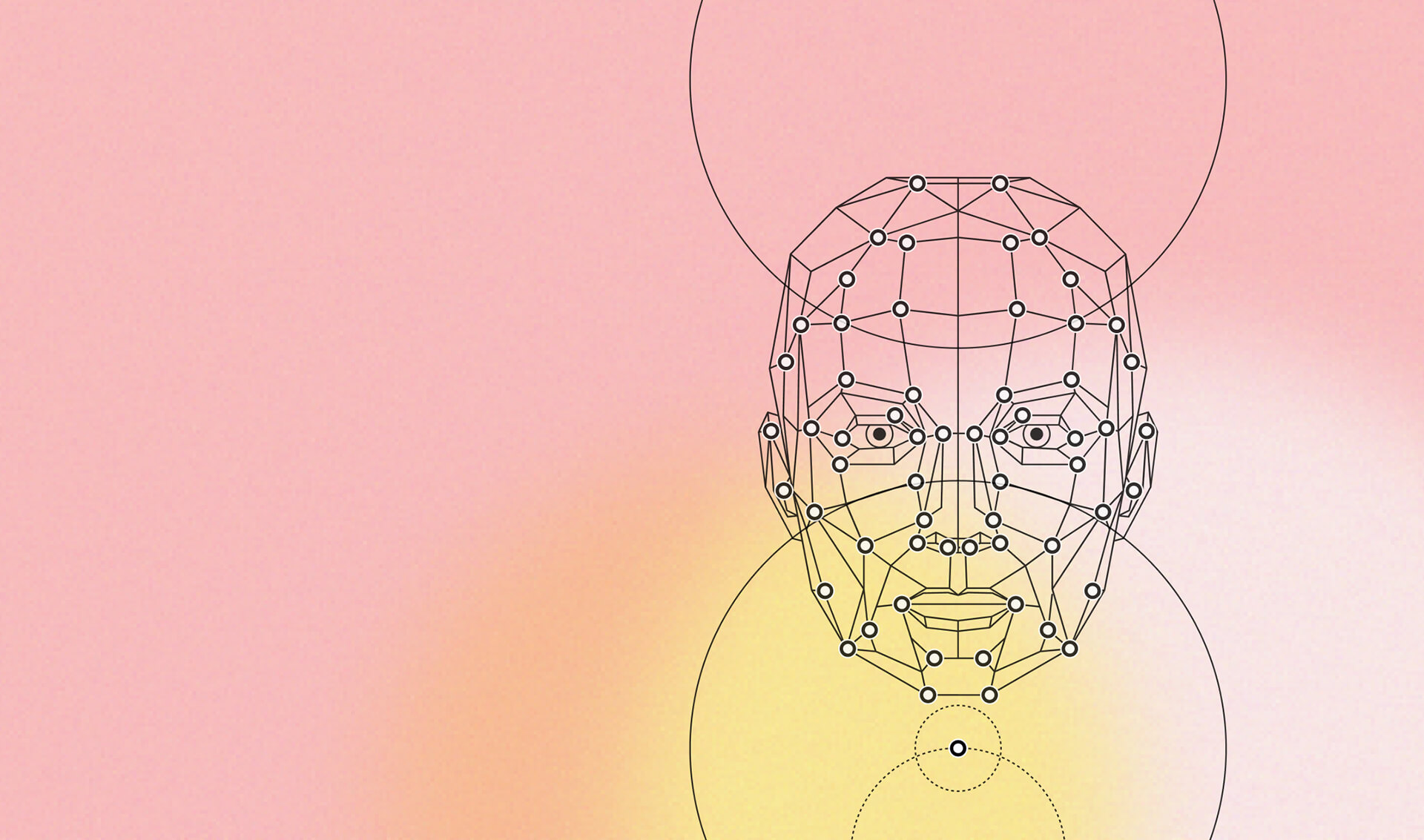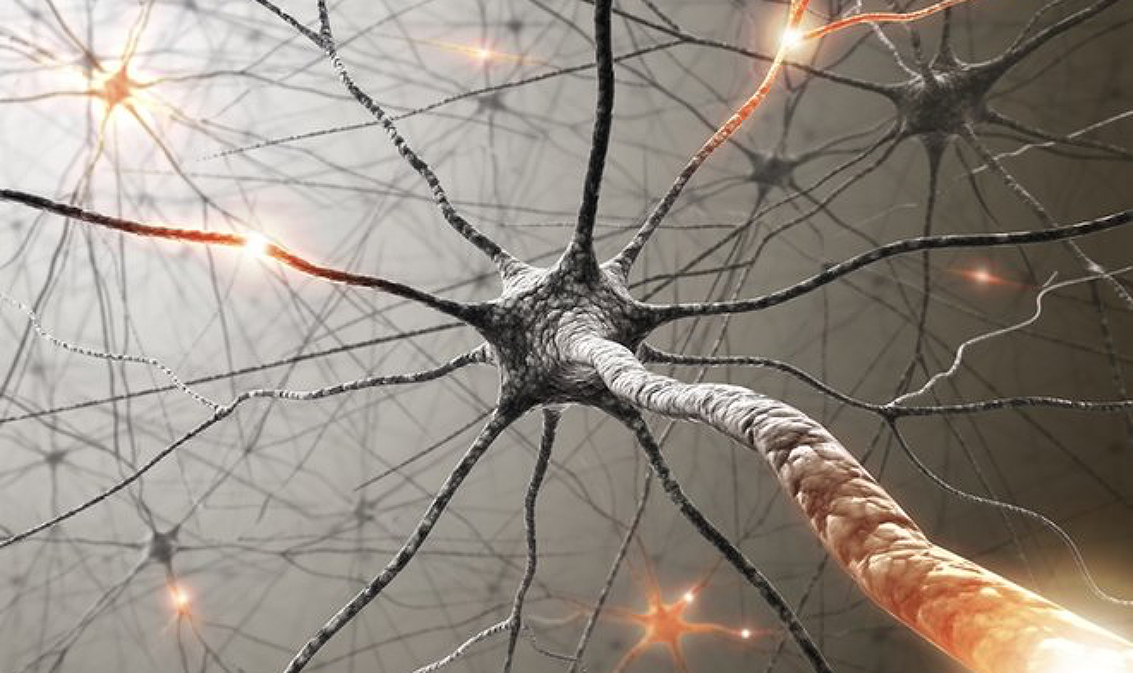

Design Thinking
Written by
Sandeep Ozarde
Written by
Sandeep Ozarde
Design Thinking
“It is not our goal to recreate the human mind — that’s not what we’re trying to do. What we’re more interested in are the techniques of interacting with humans that inspire creativity in humans.” — Rob High, IBM Watson.
Creativity in different forms is embedded into art, design & science. We often tend to say that “creative minds” have “artistic qualities” or are simply “sporadic”. It is fair to say that Albert Einstein inspired a paradigm shift in physics not just as a scientist, but also as an artist.
Einstein was an artist in more ways than one. Indeed more of his success can be attributed to his “creativity” than to the underlying knowledge of the creative field as such. This is because being “creative” is simply about producing.
In 1902, Einstein got a job at a Swiss patent office. He had searched for a teaching position so far with little luck. This forced him into an uninspiring place compared to his interest in physics. During his time there, however, he chose to manage his day to achieve a disciplined balance between hours at work and what he dedicated to his scientific work.
He was steady, planned, and deliberate in his commitment to the creation, which finally lead to the Annus Mirabilis papers. It would go on to inspire the formulation of two fundamental theories in physics: the theory of general relativity and quantum mechanics.

Credit: Stack overflow
Creativity may be the ultimate destination for AI. It has already helped me write pop ballads, mimicked the styles of great painters, and informed creative decisions in filmmaking. Experts wonder how far AI can or should go in the creative process.
It’s easy to conclude that the greats have been suddenly inspired. But the often-told story of the the moment the fall of an apple led Newton to discover gravity, may not have been as “momentous” as we are led to believe. Or “Eureka” may not have come out of the bathtub alone. Yes, the experience of insight is sudden and can seem disconnected from earlier thoughts. But studies show that insight is a culmination of a series of brain states and processes operating at different time scales. Although the experience of insight is sudden and can seem disconnected from the immediately preceding thought, these studies show that insight is the culmination of a series of brain states and processes operating at different time scales.
Data Analysts and Interaction Designers work at two extremes — from technical to humanistic. Data Analysts offer expertise — but they address the problem from a largely technical and analytical perspective. There is no focus on the humanistic aspects of the design problems they address.
Interaction Designers are experts in designing interfaces for devices with screens. They may encounter and understand the data behind interfaces, but it’s too often left out of the design equation.
Data Analysts and Interaction Designers work at two ends of the spectrum, from technical to humanistic. Data Analysts offer the most expertise in the medium, which is a great place to start, but they are approaching the problem from a largely technical and analytical perspective, without the concentration we need in the humanistic aspects of the design problems they address.
Interaction Designers today are experts in designing interfaces for devices with screens. They may encounter and even understand the data behind their interfaces, but for the most part, it’s too often left out of the design equation.
When we want to use data for ML and AI, we’ve to go beyond the standard criteria of data quality. These criteria — availability, usability, and reliability — are still valid. But we should know whether the data is truthful, and the methods and roles to establish the truthfulness of data.
The technical facets of data — latency, density, context, meaning, and size — change AI/ML/IoT behaviour. They deeply affect the user experience.
Designers will go on to consider and use these tools of their expertise to affect quality, availability, and usability. Design becomes a bridge discipline to the world of applications that have the least visual interfaces. It’s a bridge to a voice-controlled and voice-output user interface. A designer’s toolset is imperative when cognitive systems become more commonplace. These systems will do far more processing of data and expect to present less raw information. This processing and output will require design, for performance and information accuracy, but also to make systems humane. Designers will drive how information is used by machines to perform tasks that don’t require human intervention.
The design has been focused on just rendering pixels on screens. But now data is becoming an articulate medium of design, in its own right. Designers can turn data into information and knowledge. They can deliver a world where interfaces get out of the way and allow people to spend less time with machines and more on life itself.
Traditional web and mobile analytics may not work as expected in a hyper-connected world. Machines can learn much more quickly than humans. However, machines are not about to take over the world and lead the creative sphere. They are here to help create better, simpler, more personal experiences.
AI, ML, and IoT can drive a new generation of creative experiences. They are beginning a powerful shift that will bring brands closer to consumer expectations, passions, and emotions. Assistive and smart technologies are catching up and we’re ready for a new world of possibilities. Not everything that can be counted counts, and not everything that counts can be counted.
References